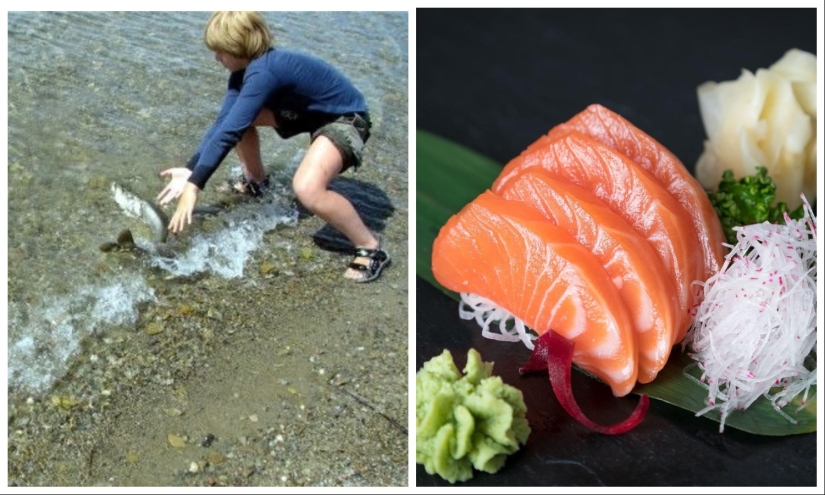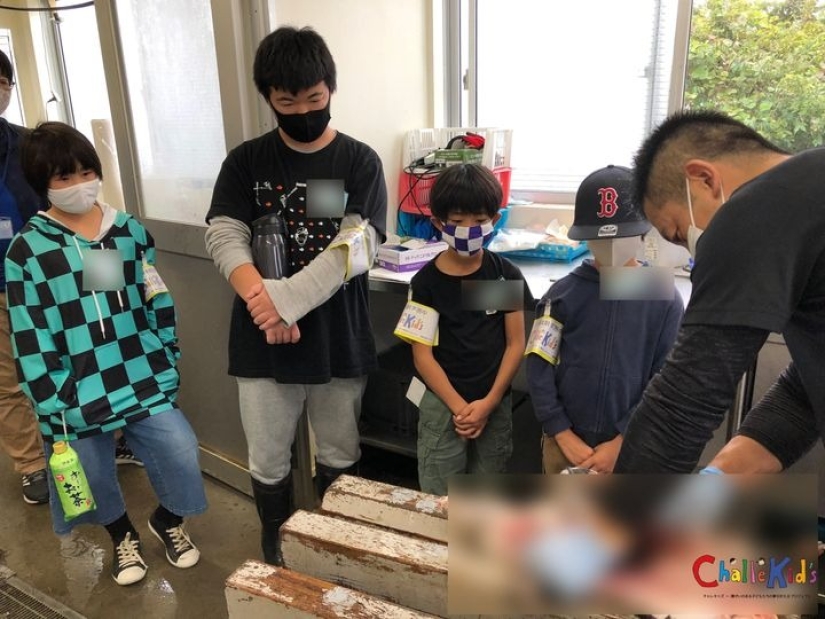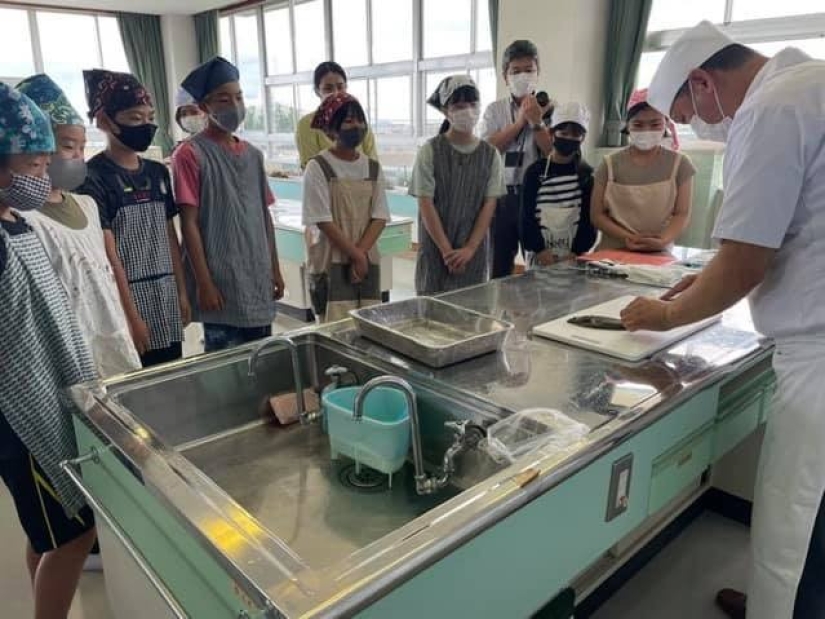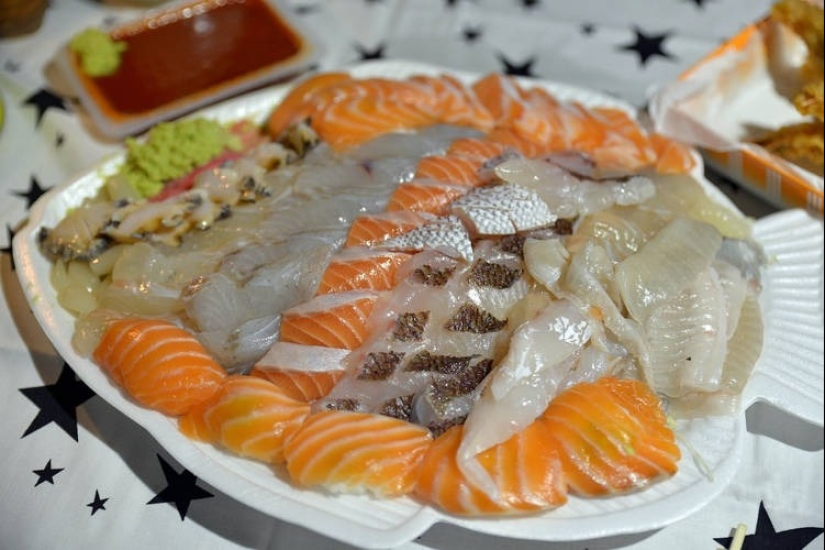Students of Japanese schools grow fish, and then decide whether to eat it or release it into the ocean
Categories: Animals | Asia | Children | Society | World
By Pictolic https://pictolic.com/article/students-of-japanese-schools-grow-fish-and-then-decide-whether-to-eat-it-or-release-it-into-the-ocean.html
"Life Lesson" is an unusual curriculum presented in Japanese schools. Middle school students grow fish for several months under the supervision of teachers, and then decide whether to eat it or not. In this way, children are shown the value of life and taught to make adult decisions.
The non-standard program is part of a Japanese project that supports the preservation of the marine environment. Classes are held in many schools, starting in 2019. Teachers strive to show children how much work is invested in aquaculture, and to emphasize the value of life. Students independently grow fish from fry to adults, it takes from six months to a year. The completion of the course is quite contradictory – students have to decide the fate of the ward fish: eat it or let it go.

Most children become attached to sea pets, feeding them and watching them for a long time. Some give the fish nicknames and treat them as pets. If the fish dies, the students are given new fry so that they learn from their mistakes and grow the fish again.

Two weeks before the end of classes, the teacher announces to the students that they must decide whether to eat or release the fish into the ocean, where they can be eaten by predators or caught by fishermen. In one of the classes, 11 children decided to eat farmed fish, and six children decided to release them into their natural habitat. The teacher invited the chef, who cooked sashimi from the fish in front of the children. As a result, even those who decided to eat their wards could not swallow a single piece.

And although the program seems cruel, the Japanese believe that it will help children grow up and understand the importance of life.
In Japanese schools, students are also taught to eat properly. Children are taught from an early age that any products they consume affect not only the body, but also thinking and well-being.
Keywords: Animals | Asia | Japan | School | Fish | World | Life | Children | Schoolchildren | Program | Final | Society | Teacher | Lesson | Goal | Solution | Students
Post News ArticleRecent articles

It is very important for children that a book has illustrations. Good design makes any story interesting and memorable. More than ...

Lovers of nature and outdoor recreation will find in Norway has the greatest variety of landscapes within one European country. ...
Related articles

Yuuki Morita is a promising young sculptor and artist from Japan. The source of inspiration for him was nature, its diversity and ...

Photographer David yarrow (David Yarrow) spent half his life chasing elephants on the dusty fields of Kenya and looking for a black ...

The story of drug smuggling has a lot of amazing occasions, but the case of Coca Bears — one of the most impressive. He became a ...

Every country in the world has its own peculiarities and secrets. Therefore, a tourist, even just walking along a street devoid of ...